The Unbearable Lightness of Post-Pandemic Beauty
Now that mask mandates are lifting, a solution for the carnival of sensations waiting just outside our doors: Stop, look, marvel.
Lately, with spring upon us, I’ve taken to holding a heavy art book as I walk around my San Francisco apartment, tucking it beneath my arm like a fine treasure. Savage Beauty is a collection of photos from the fashion designer Alexander McQueen’s 2011 exhibition at the Metropolitan Museum of Art, and it’s filled with vibrant, fantastical images so life-giving that I often find I’m staring at the gilded feathers and painted silk jacquards with my nose all but touching the page. The colors! The textures! The complexity! I half want to eat the pages, just to have the photos that much closer to me.
The last time I saw a lot of these designs, I was at the Met, pushed and crowded by strangers, dazed by the extravagance before me. Although I haven’t been inside a museum since last February, it’s now possible that before long a lot of people will be able to do things like go to exhibitions again, and I wonder if the physical world and its glories will at first be too much for some of us—if, more specifically, we’ll be bodily overwhelmed by the beauty and joy of it, perhaps even to the extent of passing out.
Implausible as it might sound, this has happened before, most famously when the 19th-century French novelist Stendhal visited the Basilica of Santa Croce in Florence. During this visit, as he details in his book Rome, Naples, and Florence, Stendhal was so violently affected by the idea of being in Florence at last, along with “the contemplation of sublime beauty,” that he experienced heart palpitations and more.
“Life was drained from me,” he says. “I walked with the fear of falling.”
In 1979, an Italian psychiatrist observed this phenomenon often enough among tourists that she gave it a name: Stendhal Syndrome, typically a short-lived condition that strikes people while they behold art or other forms of great beauty.
Symptoms include fainting, a sped-up pulse, panic attacks, dizziness, nausea, disorientation, and hallucinations. The symptoms usually do not require medical intervention; one exception was a man who, in 2018, had a heart attack at the Uffizi Gallery while looking at Botticelli’s The Birth of Venus (he survived).
Falling ill from beauty, fainting in front of an extraordinary painting—this can seem like the material of fairy tales, of fabulous lands and wishes granted, of conjuring and magic. And in fact The Birth of Venus, along with Michelangelo’s David—also known to elicit the vapors—have been accused of magic. Spells, for instance. The evil eye.
The first time I visited Florence (in college I had a summer job in Geneva, and anytime I could get away and take a train elsewhere, I did), I encountered some of this magic. While visiting the Uffizi, I paused in front of a Titian painting of a naked, long-haired woman reclining, hand lightly resting between her legs. She stared back at me, the hues bold and vivid, and I was so transfixed by the sight that, forgetting the surrounding crowds, I stood in place for what must have been half an hour, an hour—I have no way of knowing. I experienced no dizziness or hallucinations, and I didn’t faint, but my pulse was fast, and what it sang is a melody I now spend much of my life chasing.
Which is what? It’s not quite the song of the occult, I think, at least for me, but it does feel like a heightened kind of living. My attention stands tall, and I don’t want to miss any part of the phenomenon in front of me. I chase it in paintings, music, photos, books, poems, designs, performances—in art, that is, this concentrated form of human genius, dazzle, and ingenuity. Of all the deprivations of the pandemic, of this past year’s many and profound collective hardships, this is the one I’ve felt least inclined to even bring up in conversation, for what is a yearlong want of beauty compared to death, illness, and destitution?
The absence, though, feels large, a lack I try to fill as much as I can. Around this time last year I was, like many people, so unsettled that for the first time in my life I couldn’t read fiction. As I’m a novelist, this inability was disorienting, existentially bewildering. But I could still look at visual art, thank god, so I turned to art books, and I often stared at them, drawn to the rich mélange of colors, the intricate variety mostly absent from my one-bedroom apartment. In addition to McQueen’s ensembles, I’ve relied on gorgeous images from the work of Ana Mendieta and Niki de Saint Phalle. Kimberly Drew and Jenna Wortham’s Black Futures, a powerful collection of Black art, imagining, and memory, sits open on my desk.
As more museums reopen, more of the country is vaccinated by the day, and states begin to lift mask mandates following the latest guidance from the CDC, a trip to an exhibition might become not just possible but not even unusual. De Saint Phalle’s wild phantasmagorias, some 200 of them, are on view at MoMA PS1 through September 6; some of the prominent artists featured in Black Futures, like Kerry James Marshall, Kara Walker, and the photographer Deana Lawson, are part of the resonant “Grief and Grievance,” at the New Museum until June 6. And if you don’t make it there to watch Theaster Gates’s riveting video Gone Are the Days of Shelter and Martyr, he and multimedia artist Cauleen Smith rework images from magazines like Jet and Life for their joint show at my local San Francisco Museum of Modern Art.
I haven’t gone anywhere I don’t have to be, and won’t until after I’m vaccinated, but for months, with friends, I’ve relied on a number of what can only be called art support groups. We text and email one another pieces of art we’ve found moving, sharing a poem here, a photo there, to say: Here, look, marvel. Nowadays I find I’m stalking the websites of galleries and dance companies and performance spaces, sending possible future shows and openings to this same cohort. I send images from ArtHaus and the Asian Art Museum, and clips of dancers we could, in a little while, fingers crossed, watch in person.
We can get ready, is the thing. It’s no longer just a substitute, it’s also, hallelujah and at last, a kind of preparation for when I can first walk into a gallery in San Francisco, or when I’m in New York standing in front of de Saint Phalle’s creations.
Thus readied, maybe we’ll be less strongly visited by Stendhal’s palpitations and dizziness, and maybe I won’t risk a beauty-stricken fainting fit. Or I will, and either way, I can’t wait.

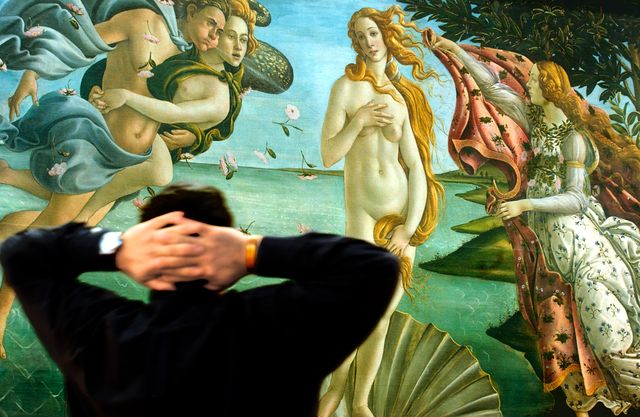
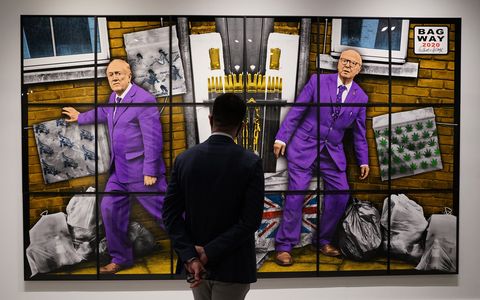
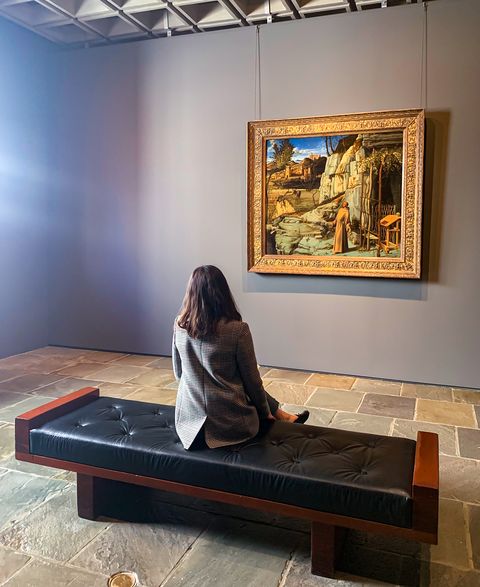
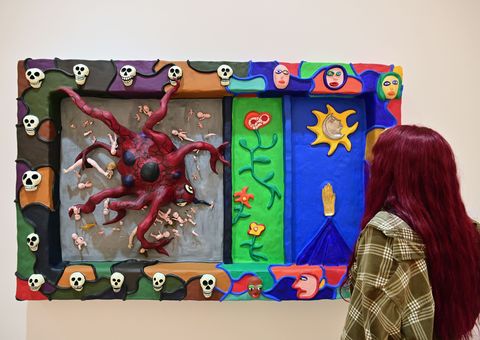

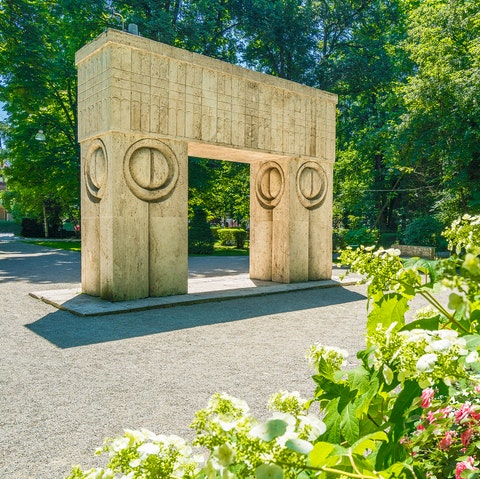



No comments:
Post a Comment